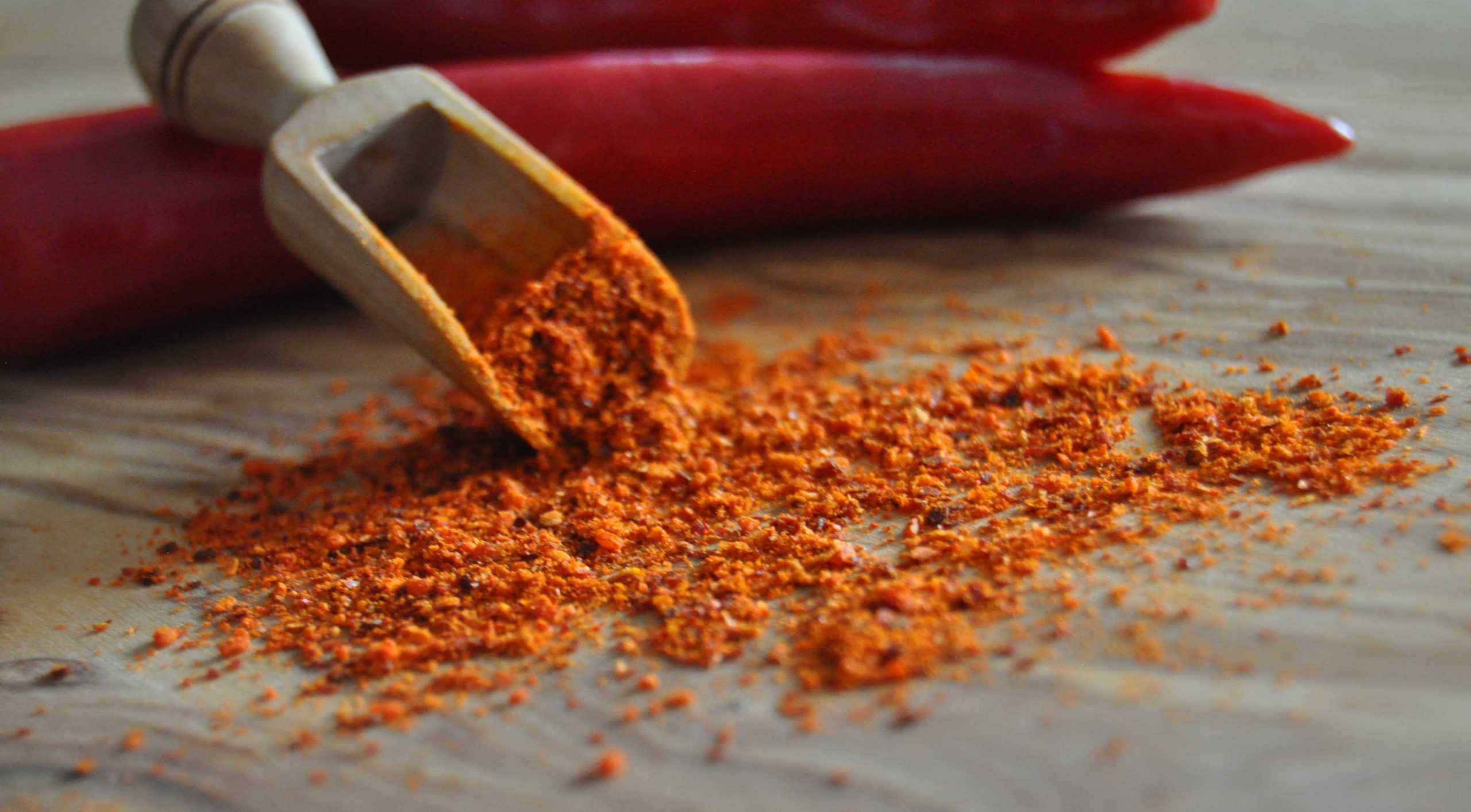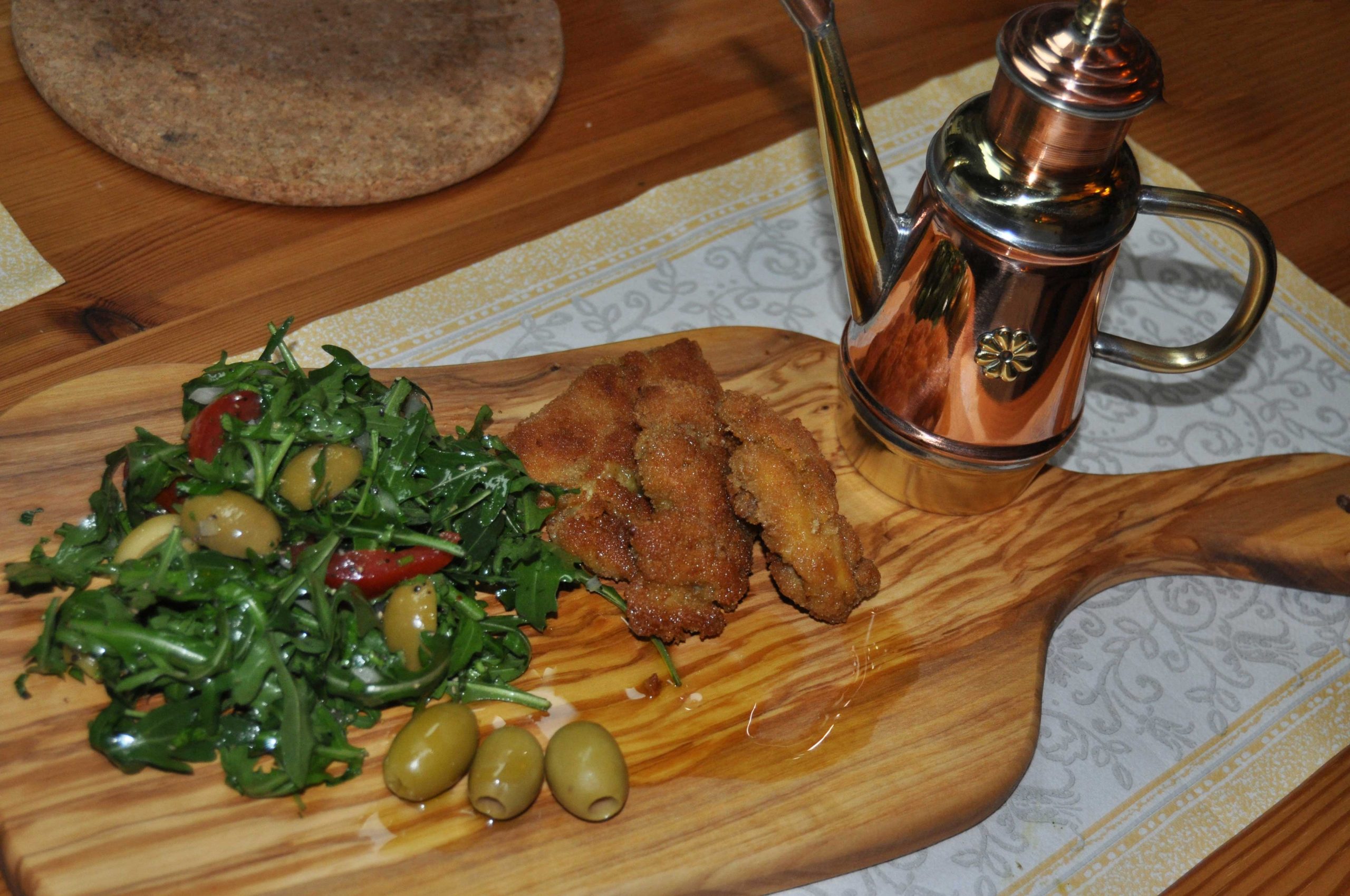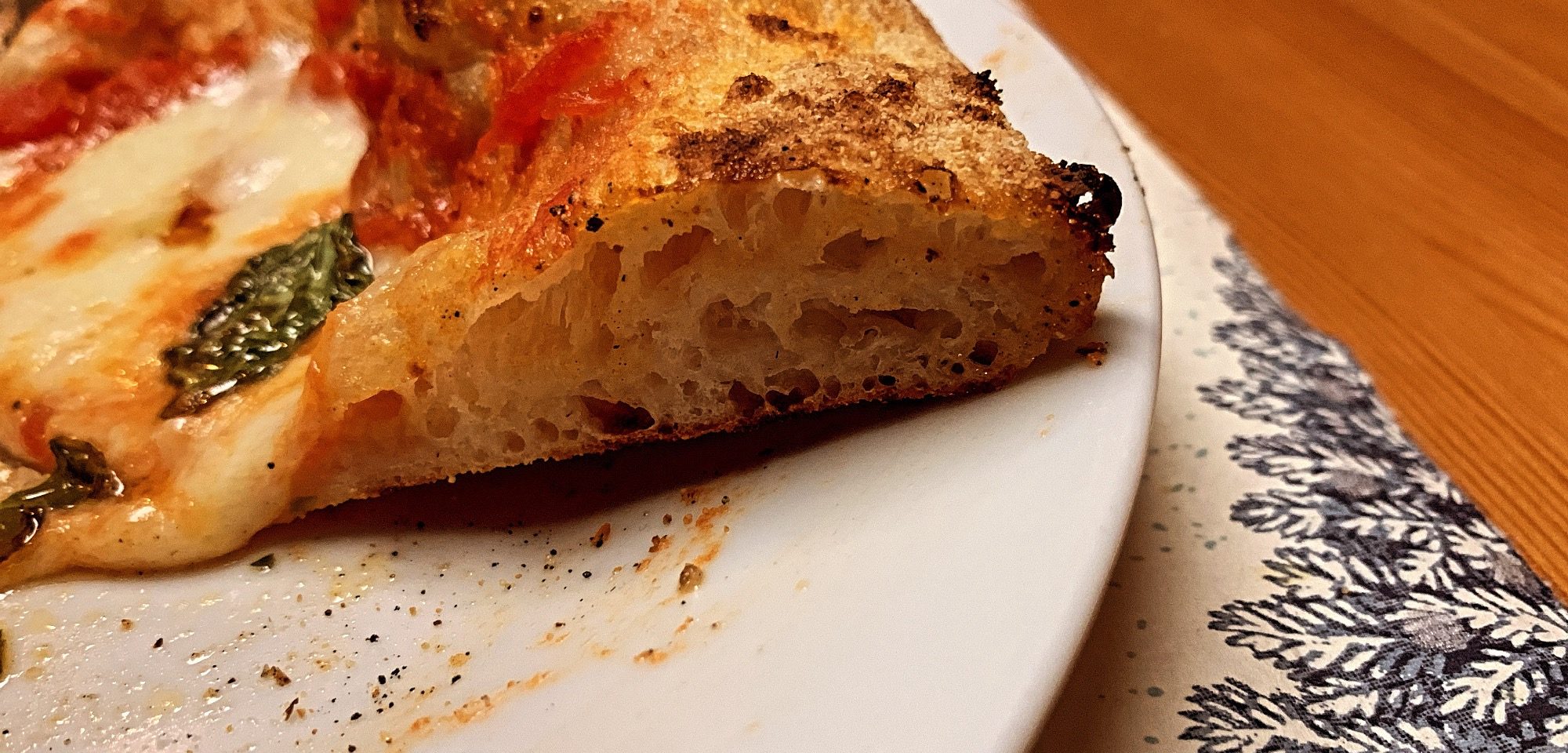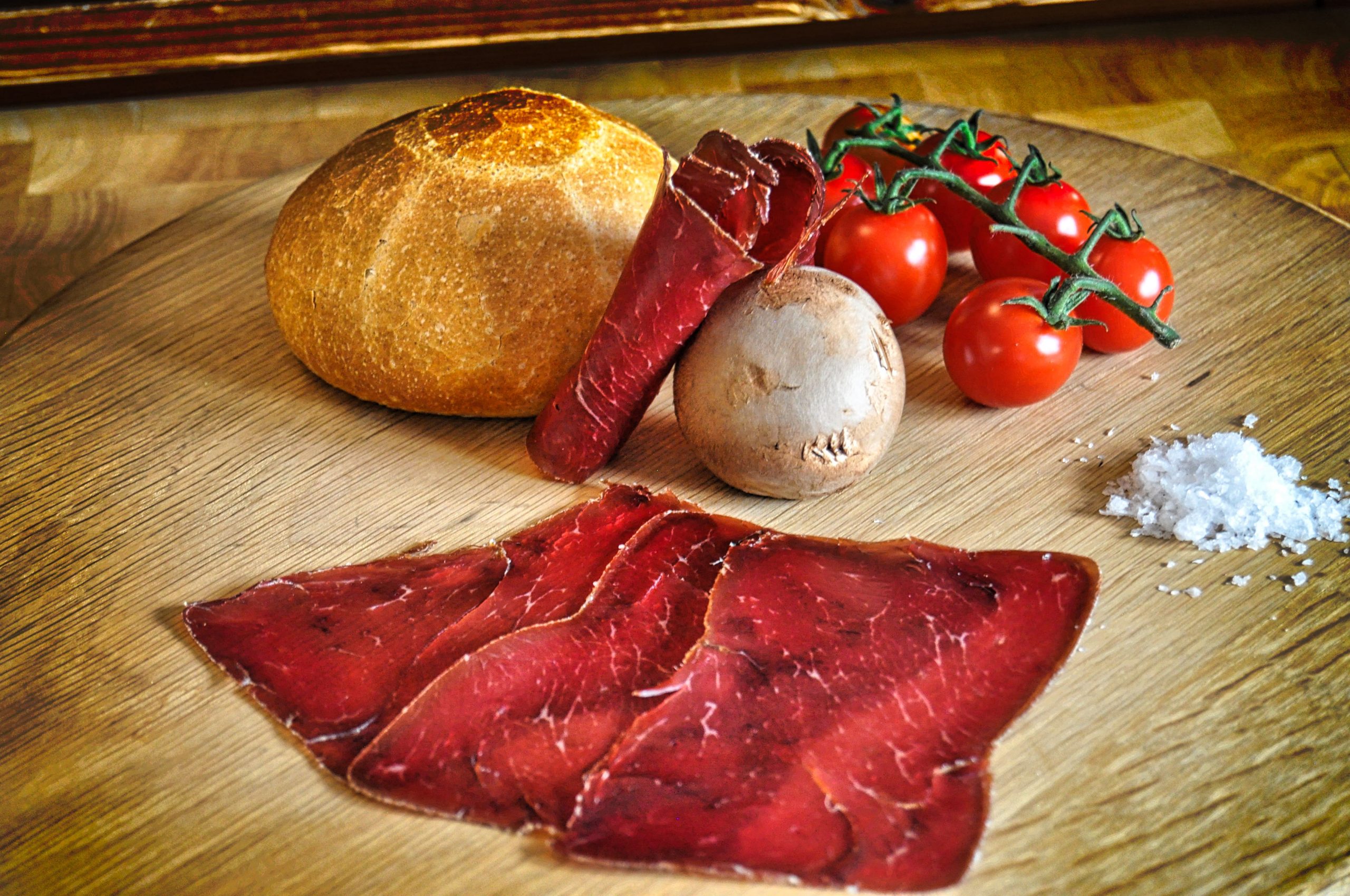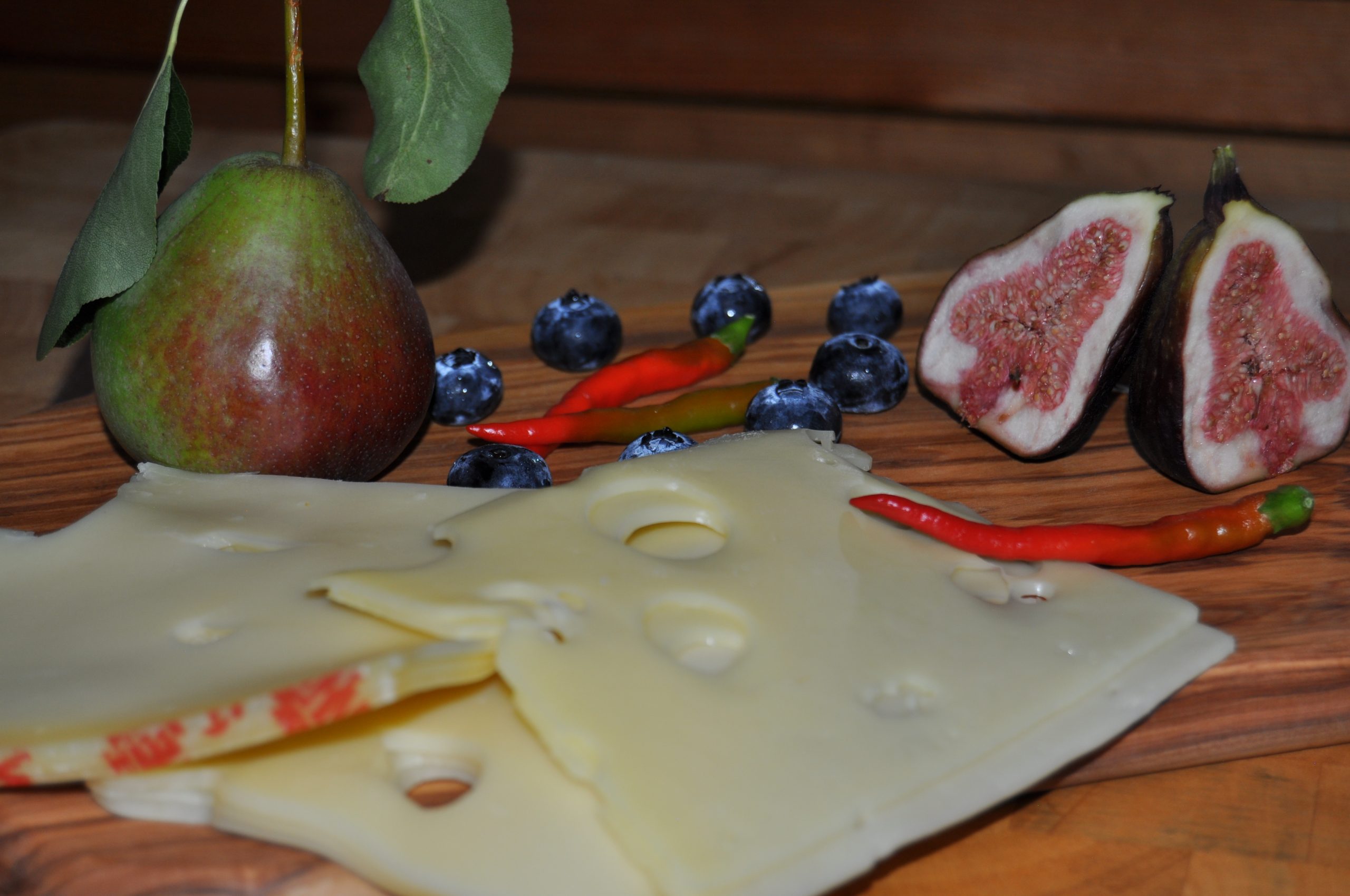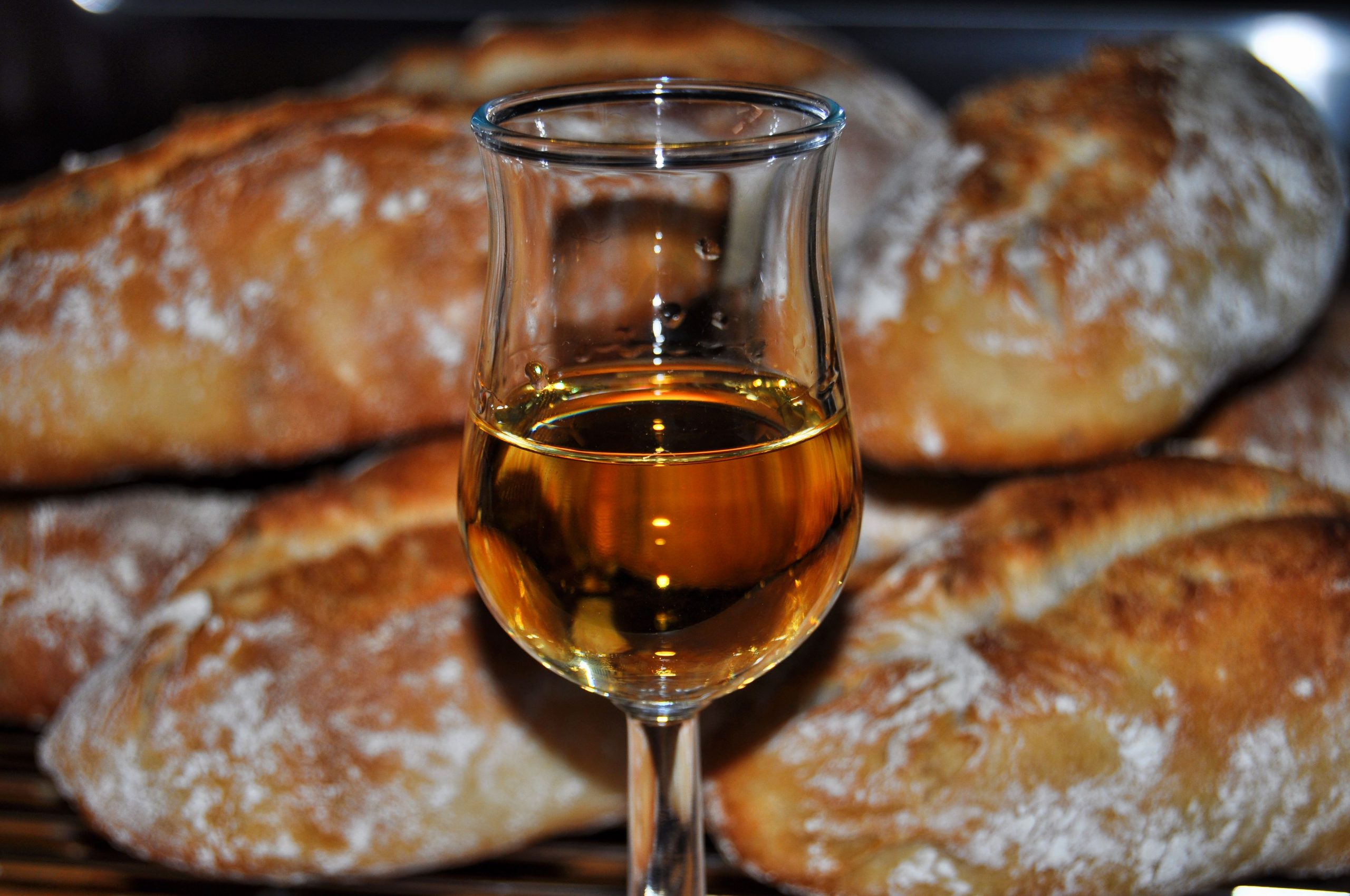If one travels along the Mediterranean coast, one will notice that focaccia tastes a little different everywhere: according to legend, the “original” focaccia, the Focaccia Genovese, comes from Genoa. Focaccia Genovese is around two centimetres thick and has an impressive golden crust. The secret of focaccia is the use of olive oil: olive oil is already used in the preparation of the dough and the dough pieces are then rubbed with olive oil. The quality of the olive oil is also important here: If one uses high-quality olive oil to bake a focaccia, this usually has a positive effect on the taste of the focaccia.
Focaccia is very similar to pizza – both dishes belong to the so-called “cucina dei poveri” (Italian for “food of the poor”), i.e. traditional Italian folk cuisine. The term “food of the poor” comes from the fact that focaccia is made using relatively few ingredients: flour (usually “Tipo 00”), sea salt, yeast, water and plenty of olive oil are the main ingredients of a focaccia. This made focaccia an ideal staple food, especially for poorer sections of the population. Today, however, it is almost a luxury to be served a “real” focaccia.
Focaccia goes back etymologically to the Genoese word “fugassa”, which can be translated as “baked over the fire”.
Origin of the word – “predecessor” of pizza
Due to its high olive oil content, focaccia often has a longer shelf life than traditional bread: this characteristic predestined focaccia to serve as provisions for fishermen. The fishermen of the 16th century were mainly at sea at night and were dependent on being able to satisfy their hunger quickly once they were in port. Preparing a traditional bread would have taken far too much time – so the decision was made to place individual pieces of unleavened bread dough on the oven floor and bake them briefly on the fire.
The origin of the word focaccia can also be traced back to this fact: Focaccia goes back etymologically to the Genoese word “fugassa”, which can be translated as “baked over the fire”.
Today, focaccia is sometimes referred to as the “forerunner” of pizza: Legend has it that the first Neapolitan pizza was created on June 11, 1889, when the baker Raffaele Esposito was commissioned by King Umberto I to serve him and his wife Margherita a pizza. The Margherita pizza was thus born – but the focaccia has a much longer history than the modern pizza…
Church ban on focaccia
The basic recipe for focaccia has remained basically the same since the Etruscans existed in northern Italy: It is now generally agreed that the origins of focaccia lie on the northern shores of the Mediterranean and that the bread spread from there to Rome and later to Greek culture. There is ample evidence of the existence of focaccia in Roman culture from the time of the Roman Empire: the city of Pompeii, buried under the volcanic ash of Mount Vesuvius in 79 AD, still provides a wealth of information about the culture of the Romans, including their culinary culture in particular. Evidence has been found in Pompeii that the baking and sale of focaccia and other baked products – similar to today’s pizza – was already widespread at that time. In some regions of Italy, focaccia is considered a traditional festive pastry – focaccia is often served at Christmas or weddings. The tradition of eating focaccia at festive occasions may have started in the Renaissance period: Legend has it that around 1500, the Bishop of Genoa Matteo Gambaro even forbade focaccia to be eaten in church during services and church festivals. However, the Bishop of Genoa did not put an end to the rise of focaccia with this ban – on the contrary: focaccia was so versatile and easy to make that it could not be banned.
Unlimited variations
Depending on the flavor intended for the focaccia, different ingredients can be added to the basic recipe: Traditionally, rosemary is added, which perfectly complements the classic taste of the bread. If the taste is to be spicy or hot, ingredients such as chili, olives or tomatoes are also possible.
Sweet focaccia variations are particularly popular in north-western Italy: For a sweet focaccia, honey, raisins or other sweet ingredients are added. It is also possible to sprinkle the focaccia with sugar. If one takes a focaccia fresh out of the oven and tastes it, it is a very special taste experience – often no additional topping is needed for the bread, it impresses with its own complex taste.
Focaccia was first mentioned in Genoese cookbooks in the 19th century: this relatively late mention of focaccia in cookbooks may be due to the fact that there was simply no need to write down the recipe for focaccia before then. There is still debate today about what the original recipe for focaccia was – it is difficult to say with absolute certainty.
Hardly any other snack enjoys such a high reputation as focaccia.
“Street food” with culture
When numerous Italian immigrants flocked to the USA in the early 20th century, they brought the respective focaccia recipe from their region with them to their new homeland: this is why today, in some restaurants in major US cities, one is served a focaccia that is otherwise only available in Italy.
However, eating a “real” focaccia outside of Italy remains a great rarity – if one travels through different Italian regions and visits the local bakeries, one will discover a whole range of different focaccia variations. In Tuscany, for example, focaccia is called schiacciata and is baked a little thinner, making schiacciata much crispier than focaccia.
Focaccia is without question one of those “street foods” that can look back on a very long history: Hardly any other snack enjoys such a high reputation and is also served on festive occasions.
Once a snack for fishermen
It’s no wonder that focaccia has enjoyed unbroken popularity for centuries: not only is the list of ingredients fairly simple, but a real focaccia is a real treat for the taste buds. In particular, the use of high-quality olive oil in the preparation of the dough takes the taste of focaccia to a whole new level. Once a person has enjoyed a fresh and fluffy focaccia, he or she will never forget the taste experience – what used to be a fisherman’s snack has now become a rare treat: There aren’t many bakeries left that make focaccia according to the traditional recipe.
This is not surprising, as making a “real” focaccia is no easy task.
Just because a focaccia is made with just a few ingredients does not automatically mean that the process of making it is any easier…
Cover picture: © Simon von Ludwig

 Deutsch
Deutsch